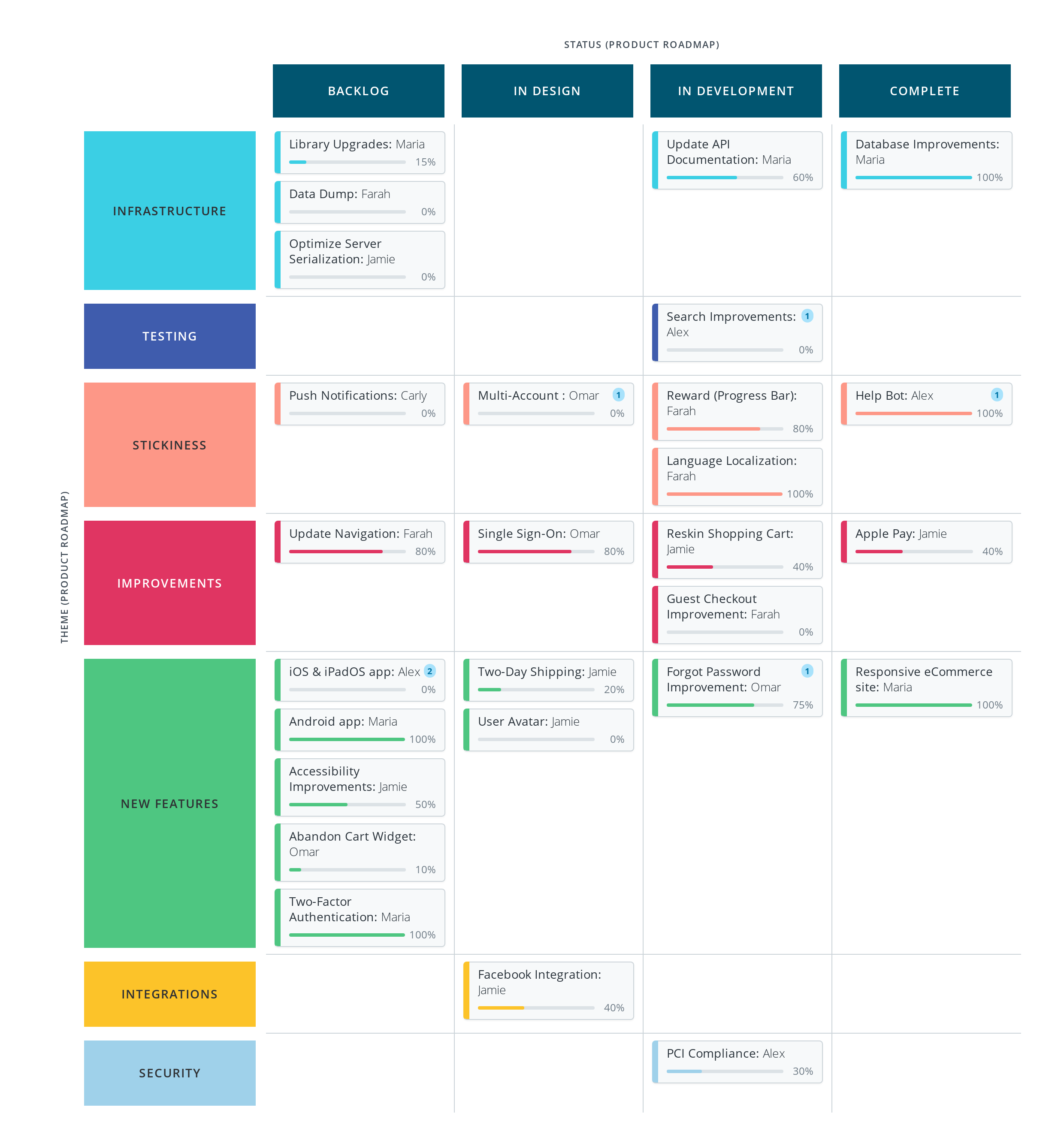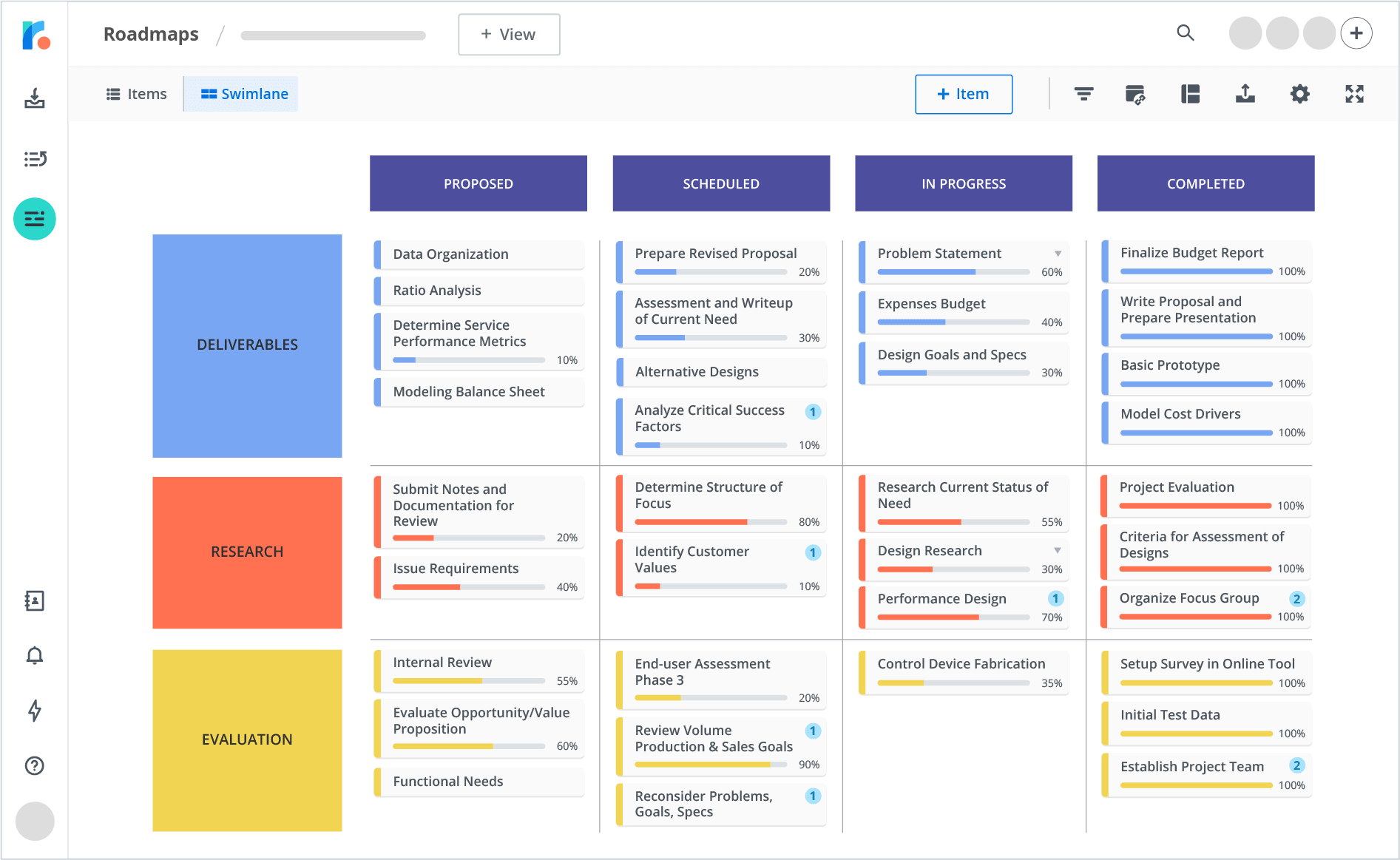When you’re facing a slew of everyday chores or duties, simply crossing out the first item on your to-do list feels like progress. That sense of accomplishment propels you to keep moving through your agenda, piece by piece.
Similarly, beginning a large project with several tasks, budgets, and processes can be overwhelming. But getting started can be as easy as breaking down the work components into manageable parts.
Many managers turn to a work breakdown structure (WBS) for a structured approach to organizing and monitoring tasks in large or complicated initiatives. A solid WBS keeps teams on track and motivates them to move forward.
What’s a work breakdown structure (WBS)?
A WBS divides projects into smaller, easy-to-manage parts. It visually displays every step needed to reach the ultimate goal, starting with the primary objective and dividing components into precise tasks. This straightforward approach’s flexibility makes it useful for many project types and teams, like software engineers defining a new product development initiative and marketing teams rolling out a new multi-step campaign.
Beyond simply listing work processes, a WBS highlights task relationships and dependencies. Looking at a WBS also lets teams understand their roles so every member knows what to do and how their work interconnects.
Benefits of using a work breakdown structure in project management
Teams who use this management framework can enjoy process and protocol improvements across several areas of their operations. Core benefits of WBS include:
- Clear task responsibilities: A WBS assigns and communicates responsibilities clearly so team members understand expectations.
- Straightforward project tracking: Project managers use a WBS to track performance against the initial plan, making adjustments when necessary.
- Seamless communication: A clear visual of tasks and project timelines facilitates open and direct communication among team members and stakeholders.
- Risk identification: Looking at a WBS assists in early identification and mitigation of risks. A detailed breakdown makes it easier to foresee and get ahead of potential issues with proactive problem-solving strategies.
- Resource allocation: Creating a WBS involves thoroughly considering resource best use, making it easier for project managers to figure out where to direct their focus.
- Quality control: Outlining the precise specifications for each task at the beginning of the project helps avoid misunderstandings as teams execute project work.
- Adaptability: When organizations undergo business process reengineering, a WBS combined with tools like Gantt charts can provide insights to help prioritize and keep tasks aligned with broader objectives.
Understanding the 3 levels of a work breakdown structure
A WBS consists of three levels, each representing a further segmentation of the project work. Here are the standard WBS levels.
1. Project level
The highest tier of a WBS represents the project as a whole. This level encapsulates the entire scope and reflects final deliverable expectations. It’s often depicted as the root of the structure from which all other levels stem.
2. Deliverable or phase level
This level breaks down the overall project into main segments, often identified as deliverables or phases. With large projects, these can be the principal project milestones or the project’s primary components. Each segment represents a substantial portion of the work. If you organize the WBS by phase, this level might include steps like initiation, creating a project plan, and execution.
3. Work package or task level
The third level dives deeper into specifics, detailing the work required for each second-level item. These are the work packages or tasks. Work packages contain instructions, schedules, and resources — effectively creating a mini project roadmap. They’re the most minor unique units of the WBS and are assigned to a specific team or member to execute.
Types of work breakdown structures
Each type of work breakdown chart is essential to dividing complex projects into manageable portions, and they all have unique attributes catering to diverse organizational needs.
Hierarchical structure (tree structure)
The hierarchical or tree structure WBS is the most common type, depicting the project breakdown in a top-down fashion. It starts with the entire project at the top, breaking it into sub-projects or phases, tasks, and sub-tasks represented in descending levels.
Tabular structure (indented list)
The tabular WBS, also known as the indented list, is a textual representation of the project scope without graphical elements. It lists all project elements in a table, using indentation to illustrate the levels in the project hierarchy. This structure is great for detailed documentation, and you can easily create and manage it using standard software like Microsoft Word or Excel.
Bubble diagram (mind map)
The bubble diagram (or mind map) WBS offers a more visual, free-form method of brainstorming and organizing the project’s components. It begins with the project at the center and branches out to significant deliverables and more detailed work components.
Divisional WBS
A divisional WBS divides the project based on the organizational units responsible for different segments. This type is particularly effective for projects involving multiple departments or teams, facilitating clear responsibility and resource allocation.
Process-oriented WBS
This format breaks the project into phases, workflows, or protocols required for completion, acting as a detailed process mapping structure. Each level represents a specific step, making it suitable for projects with sequential phases or those following specific procedures.
A process-oriented WBS aligns with common process improvement methodologies, allowing project managers to adopt principles from methods like Six Sigma or Lean within the WBS to drive continual improvement throughout every phase.
Deliverable-oriented WBS
Focused on the project’s final outputs, the deliverable-oriented WBS centers around the desired results. Each descending level represents components or tasks necessary to achieve a specific deliverable, simplifying progress tracking toward tangible outcomes.
When deciding how to manage deliverables, many project managers rely on Roadmunk’s product roadmap, which helps product managers articulate the product’s direction, priorities, and progress over time.

How to create a work breakdown structure in 8 steps
Follow this eight-step guide to ensure you map out every aspect of a project:
- Define the project vision and objectives: Establish what success looks like for the project, ensuring this vision is clear and agreed upon by all key stakeholders.
- Gather requirements and scope: Collect detailed requirements from key stakeholders, including constraints, assumptions, and available resources. This step involves creating a scope statement to clearly define the project’s limitations.
- Identify major deliverables: Based on the scope, identify the key deliverables you expect the project to produce.
- Divide major deliverables into sub-deliverables: Break major deliverables into smaller, more manageable parts. Continue dividing each piece into more specific segments, creating a hierarchy of deliverables and tasks. Each item should be actionable and measurable.
- Create work packages: Continue breaking down items until you can assign, estimate, and manage work. These designations are your work packages.
- Assign WBS codes: For organization and ease of reference, assign unique identifiers or codes to each element in the WBS.
- Review and validate the WBS: Have stakeholders review the WBS. Gather feedback and validate the document’s accuracy and completeness before finalizing it.
- Develop a WBS dictionary: To enhance understanding and clarity, create a WBS dictionary to accompany the visual representation. This document should define each element of the WBS, including details like scope, resources, and criteria for completion.
After you create your WBS, it helps to create a roadmap to transform your ideas into actions. Roadmunk’s project roadmap simplifies this process, allowing project managers to develop compelling roadmaps that align with the detailed structure provided by the WBS.

An example of a work breakdown structure
Consider this straightforward scenario for organizing a small corporate event.
Each numbered item in the example represents a task required for the more significant deliverable above it. For instance, before completing “1. Venue management,” you must select, book, and arrange the venue setup and plan seating (1.1, 1.2, 1.3, 1.4).
Project: Corporate end-of-year event
- Venue management
- Select venue
- Book venue
- Arrange venue setup
- Plan seating arrangements
- Catering services
- Decide on menu
- Hire a catering company
- Organize serving details
- Manage dietary requirements
- Entertainment
- Research entertainment options
- Hire entertainment
- Coordinate entertainment setup
- Guest management
- Create guest list
- Send invitations
- Track RSVPs
- Prepare name tags
- Transportation
- Arrange parking details
- Book transportation for special guests
- Communication
- Design event itinerary
- Distribute itinerary to attendees
- Prepare speeches and announcements
- Cleanup
- Organize cleaning crew
- Manage lost and found items
- Conduct venue inspection
The best tools for an effective work breakdown structure
Expand the limits of your WBS with tools that streamline your process. With Roadmunk by Tempo, you can create dynamic, visually impressive roadmaps that resonate with your audience. Start your journey with Roadmunk today.









